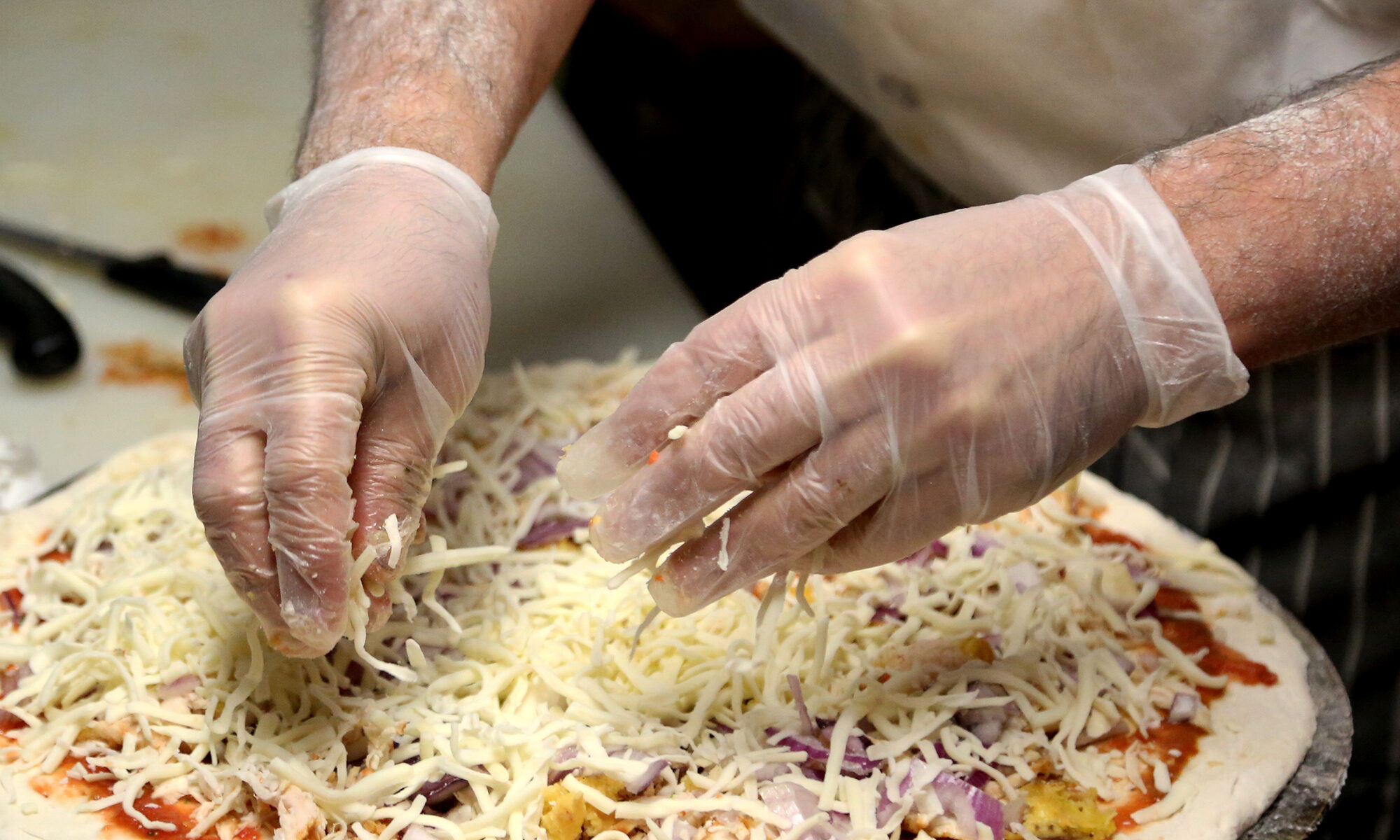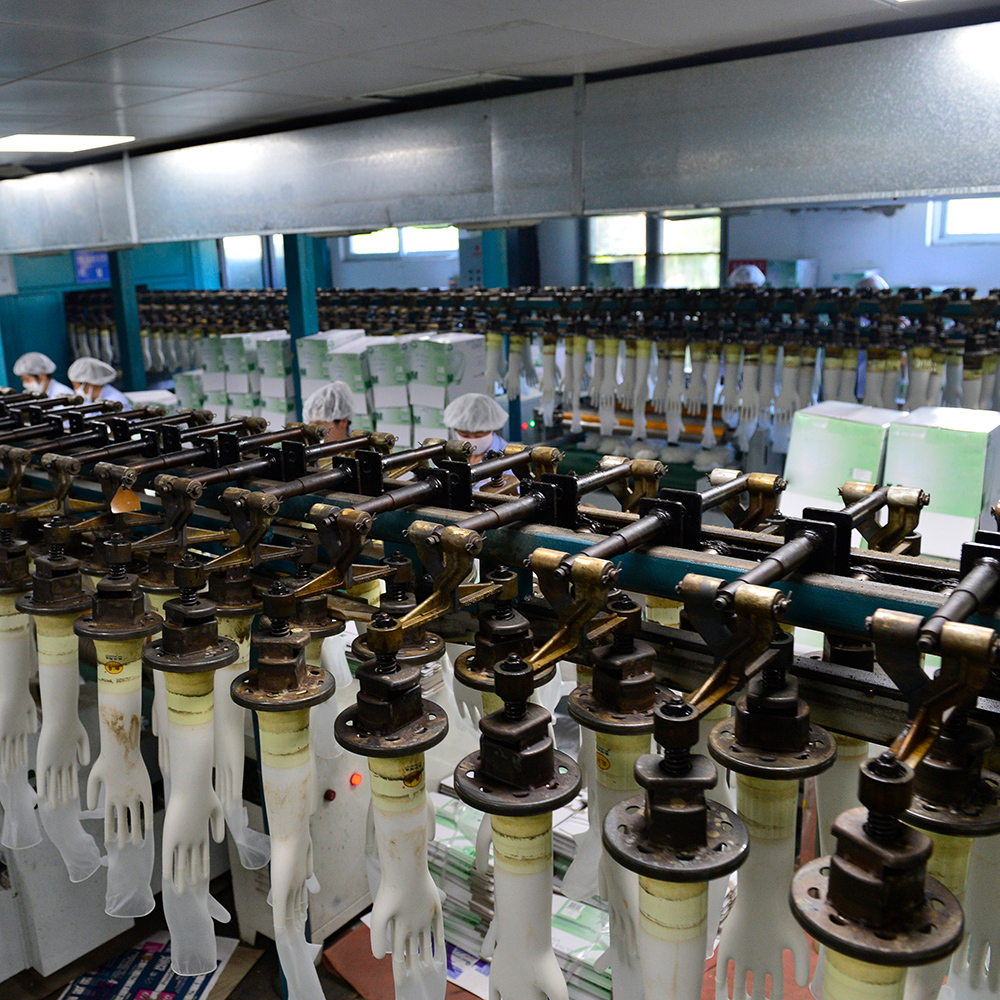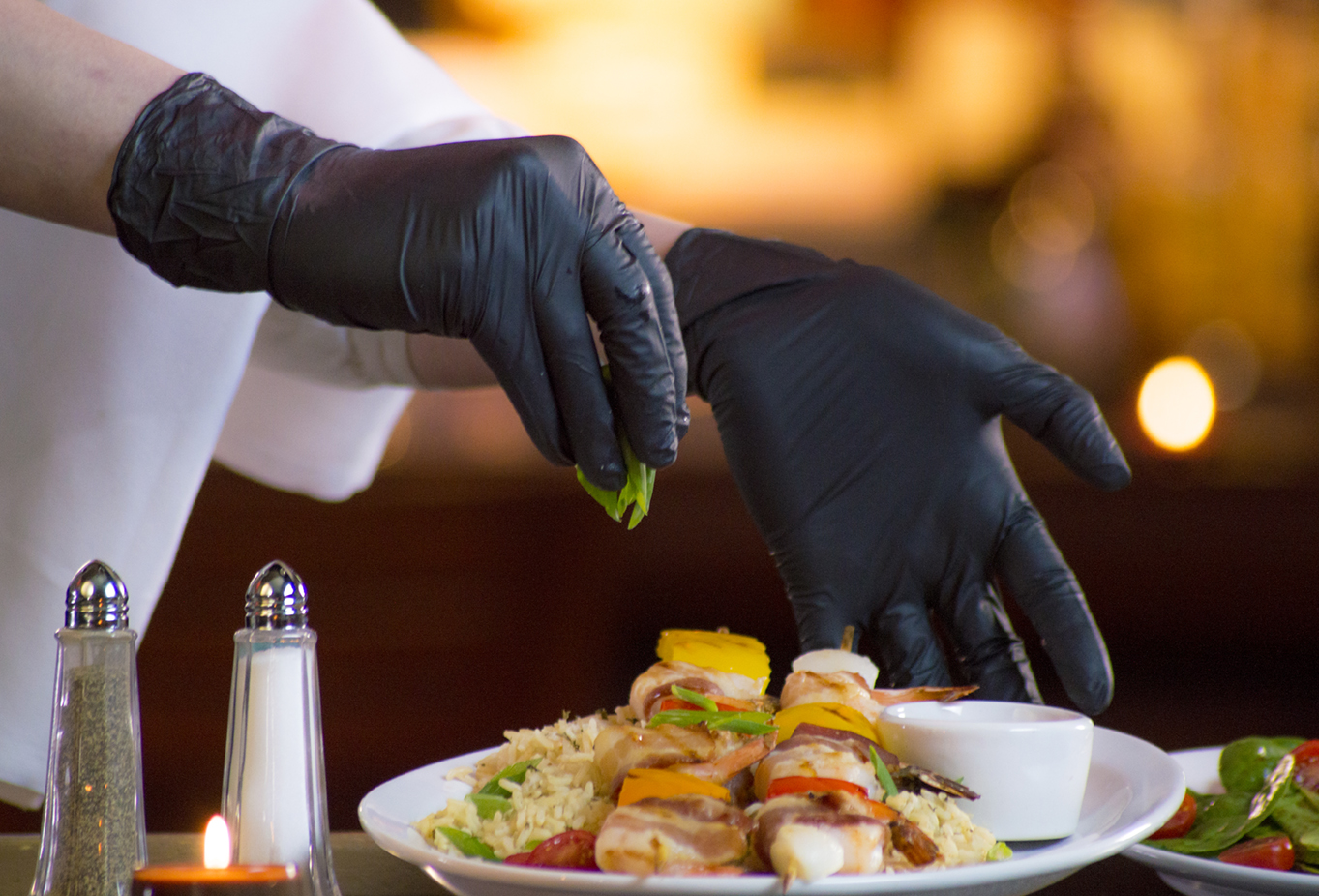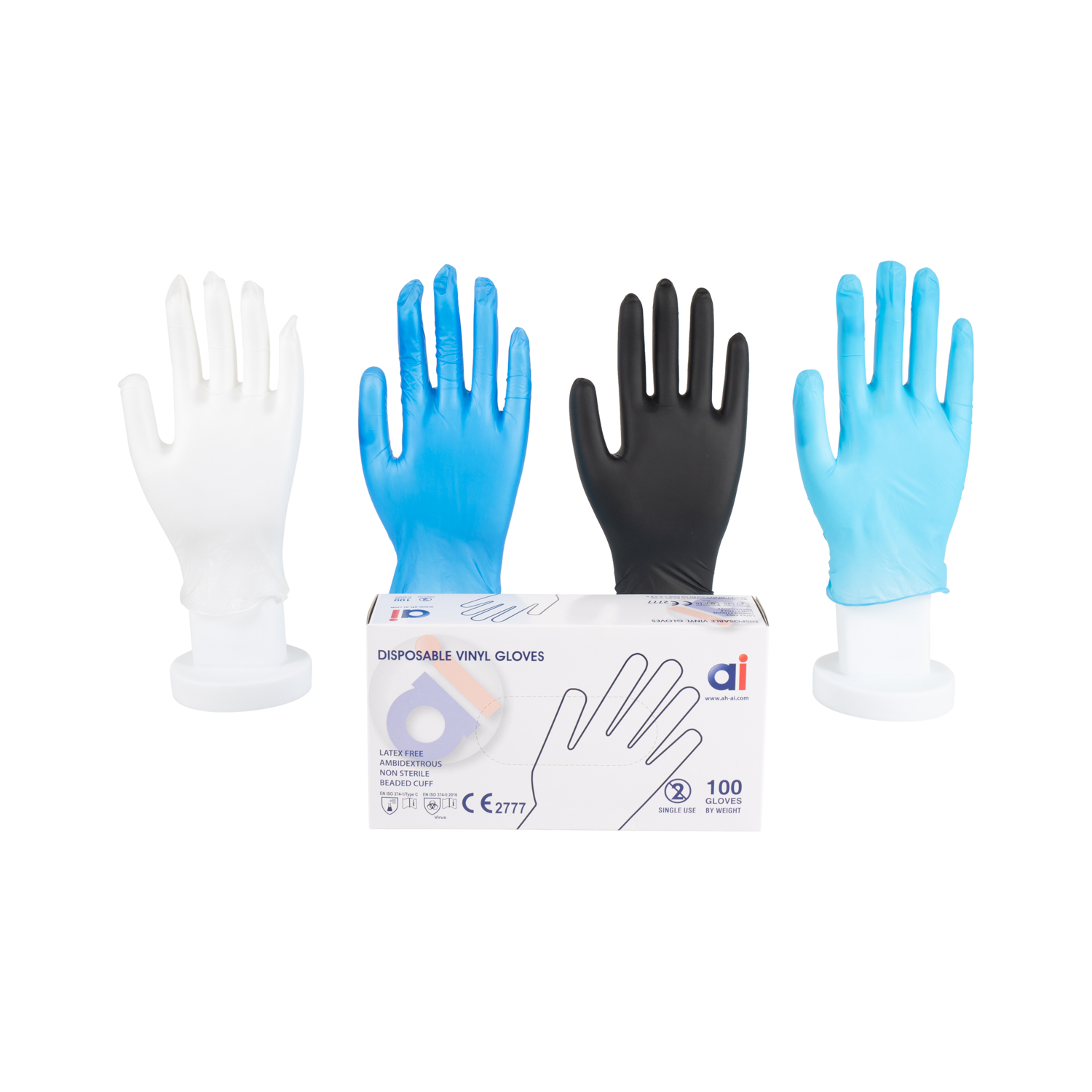
In a fast-paced environment like meat processing, it can be challenging to maintain high safety ratings.
The industry operates under stringent hygiene regulations to prevent contamination and ensure food safety. Single-use nitrile gloves are integral to meeting those standards. Unlike latex gloves, nitrile gloves are resistant to oils, fats, and chemicals, which makes them ideal for handling meat products.
At the same time, disposable nitrile gloves will not protect you from sharp edges that abound in meat processing environments. What’s the solution? Double-gloving—pairing cut-resistant and nitrile gloves—can go a long way to improving safety.
Disposable nitrile gloves have emerged as an essential tool for butchers and meat processors. When used in conjunction with cut-resistant gloves, they provide a dual layer of protection that significantly enhances safety and hygiene standards.
A variety of nitrile choices
Start with Gloveworks Black Nitrile, a versatile 5-mil product that provides a strong barrier against contamination but still fits and feels great. Another glove to consider is Gloveworks with Raised Diamond Texture .
There’s the texture—raised diamonds that channel away liquids to ensure a stronger grip, important when you’re working with extremely sharp knives, saws, and other implements used in cutting. And then there is the gloves’ high-visibility colors.
Gloveworks come in 8-mil orange and green as well as 6-mil black and royal blue; three of those four colors are bright and stand out for added safety. There is also the factor of color coding—using specific colors for specific tasks—to protect against cross contamination and spreading of foodborne illnesses.
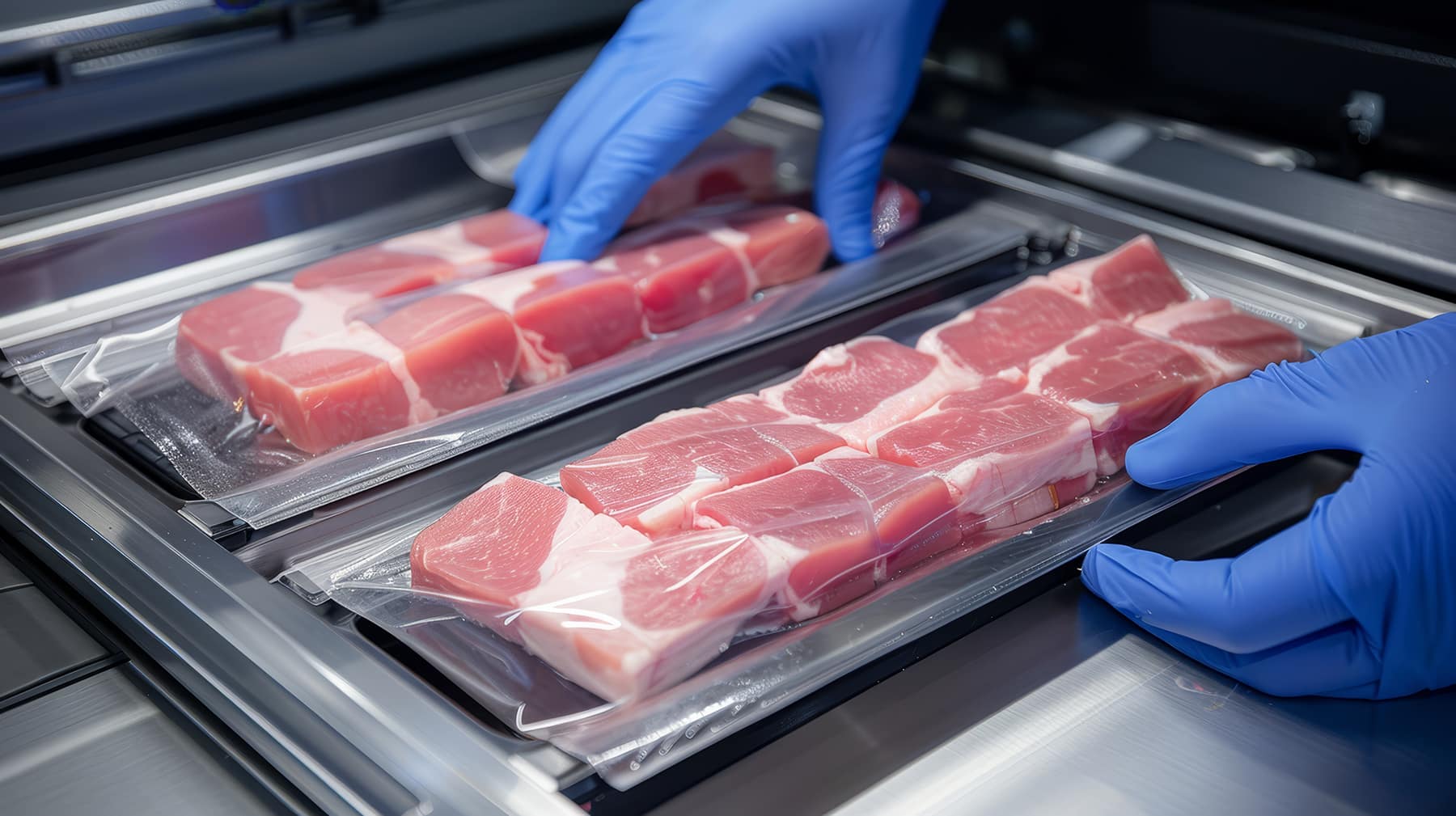
While nitrile single-use gloves provide excellent protection against contamination, they are not designed to withstand cuts and abrasions from sharp edges used in meat processing. This is where cut-resistant gloves come into play. Made from materials like Kevlar, Dyneema, or metal mesh, these gloves are designed to protect workers from lacerations and punctures.
Cut-resistant gloves alone, however, cannot effectively address the hygiene aspect. They are often difficult to clean thoroughly and can harbor bacteria if not properly sanitized. Wearing disposable nitrile gloves underneath or in some cases over the top of cut-resistant gloves offers a practical solution.
Nitrile gloves are also hypoallergenic, reducing the risk of allergic reactions among workers who might be sensitive to latex. Their resistance to punctures and tears further ensures that the gloves remain intact during rigorous tasks. Regularly changing these gloves minimizes cross-contamination, upholding the industry’s sanitation protocols.
A pairing that gets the job done right
The combination of nitrile and cut-resistant gloves also contributes to worker confidence and efficiency. Knowing that their hands are protected from both cuts and contaminants makes workers more conscious of threats to their hands yet allows them to increase focus on their tasks rather than on potential hazards. This dual protection reduces the likelihood of accidents and injuries, leading to fewer disruptions and a more streamlined workflow.
Moreover, nitrile gloves provide a snug fit and excellent dexterity, which is crucial for the precision required in meat cutting. They allow workers to handle knives and other tools with greater control and accuracy.
In the meat-cutting industry, the integration of disposable nitrile gloves with cut-resistant gloves forms a comprehensive protective strategy. As the industry evolves, adopting such dual-layer protection measures will be essential in maintaining the highest standards of food safety and worker welfare.

